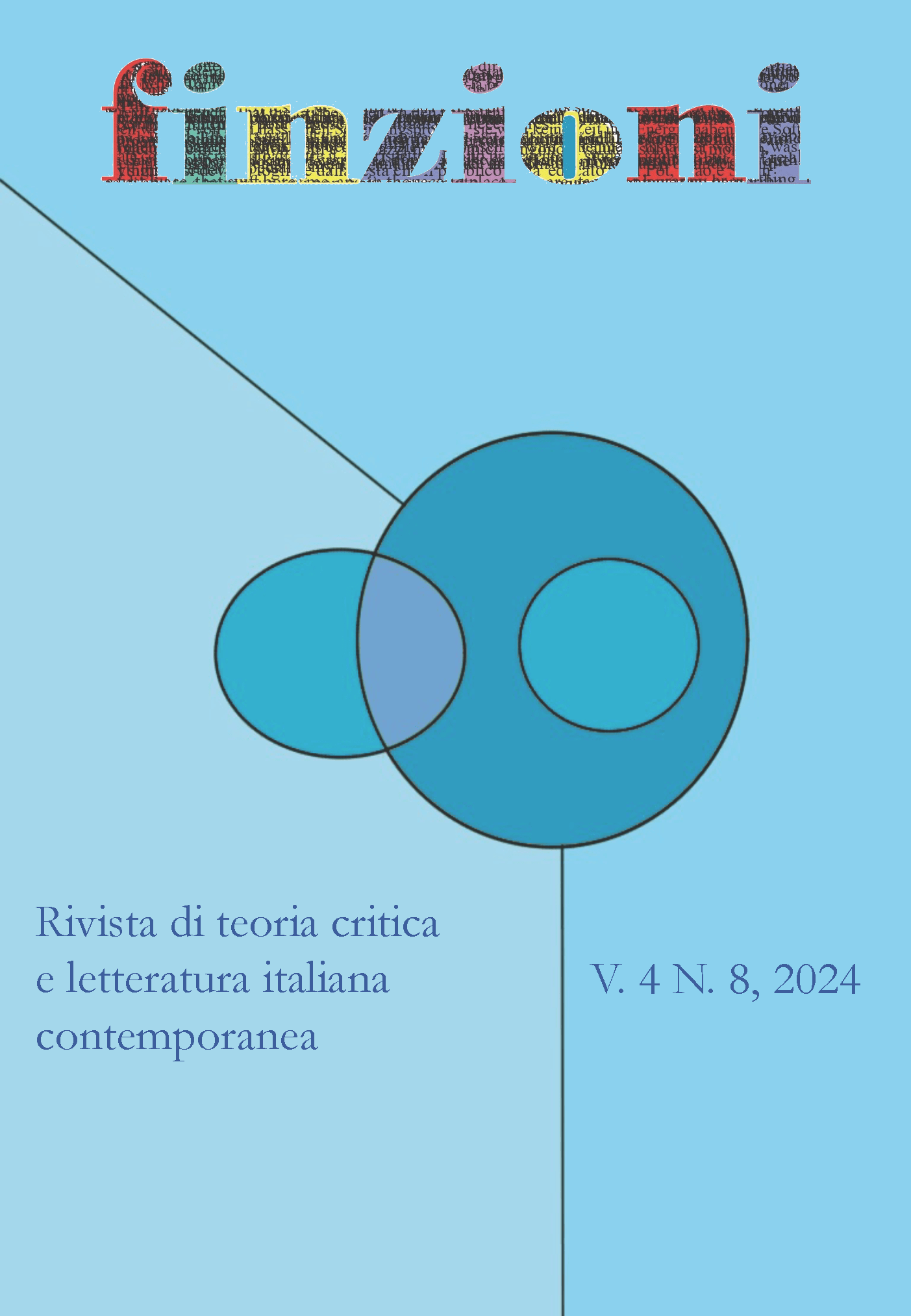Emilio Lussu and Giuseppe Antonio Borgese: representing, analysing and testifying to fascism
DOI:
https://doi.org/10.6092/issn.2785-2288/21411Keywords:
anti-fascism, antifascist exile literature, Borgese, Lussu, testimonyAbstract
This article presents a comparison between Goliath. The March of the Fascism by Giuseppe Antonio Borgese, a little-known work in the Italian literary context, and Marcia su Roma e dintorni by Emilio Lussu, one of the most famous books of antifascist exile literature. The analysis highlights the similarities between the two works, from the centrality of morality in their critique of fascism to shared stylistic elements, such as the presence of ‘open endings’ and the blending of literature and testimony. Additionally, both works will be studied for their reconstruction of the March on Rome, which in both cases stands in clear opposition to the version presented by Curzio Malaparte in Tecnica del colpo di Stato.
Downloads
Published
How to Cite
Issue
Section
License
Copyright (c) 2024 Eugenio Bonfiglioli

This work is licensed under a Creative Commons Attribution-ShareAlike 4.0 International License.





